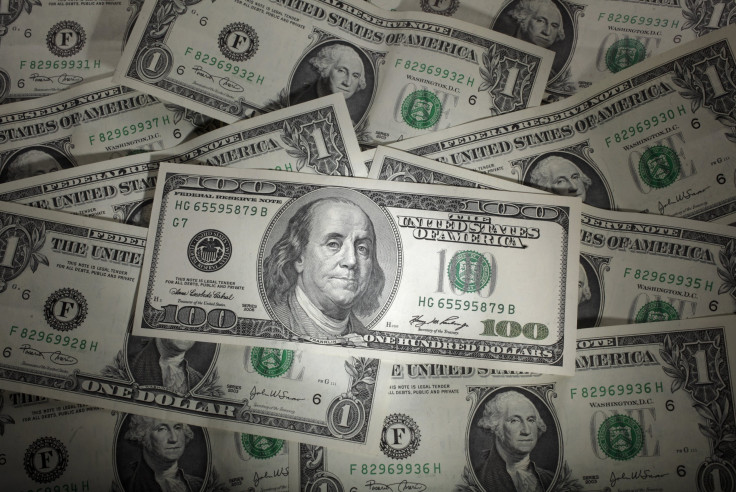Coronavirus Finance: Federal Reserve To Let Other Central Banks Swap Treasury Bonds for Dollars

KEY POINTS
- The FIMA Repo Facility is the Fed's latest move to mitigate the effects of the coronavirus on the U.S. and world economies
- The dollar is the world's reserve currency and currently is 2.8% higher than last year
- The move is expected to be particularly helpful to Taiwan, Hong Kong and Thailand
The U.S. Federal Reserve set up a temporary facility Tuesday to handle the demand for U.S. dollars amid tanking stock markets and Treasury market volatility. The greenback’s value has risen sharply in recent weeks as investors have looked toward safe havens.
The temporary facility for foreign and international monetary authorities, the FIMA Repo Facility, was to be available April 6 and last for six months. It will enable foreign central banks and international organizations with New York Fed accounts to exchange their Treasury securities for U.S. dollars.
The U.S. dollar, which is the world’s reserve currency, fell 3.9% last week after the passage of the $2.2 trillion COVID-19 but remains 2.8% higher than last year, benefitting from the turmoil caused by the coronavirus pandemic.
Daniel Hui, global executive director of currency-exchange strategy at JPMorgan Chase & Co., said the dollar still has room to trend even higher.
“This facility should help support the smooth functioning of the U.S. Treasury market by providing an alternative temporary source of U.S. dollars other than sales of securities in the open market. It should also serve, along with the U.S. dollar liquidity swap lines the Federal Reserve has established with other central banks, to help ease strains in global U.S. dollar funding markets,” the Fed said in a release.
The move is expected to ease panic in the markets and follows a flurry of earlier moves, including lowering the federal funds rate to zero to 0.25% and unlimited purchases of Treasuries and mortgage-backed securities. It also resurrected a number of facilities established during the Great Recession. Swap lines were reactivated with the European Central Bank, the Bank of England, the Bank of Japan and central banks in Canada and Switzerland. Facilities also have been extended to central banks in other countries, including Mexico, Brazil, Australia and Singapore.
Gennadiy Goldberg, a rates strategist at TD Securities, told the Financial Times the move addresses both the scramble for dollars and strains on Treasury markets.
“It allows foreign central banks to very quickly raise cash instead of exacerbating illiquidity in an already illiquid market,” he said.
But the facility will do little for countries lacking foreign reserves like Turkey, South Africa and Lebanon, Brad Setser, a senior fellow for international economics at the Council on Foreign Relations told the Times. He said the facility likely will be most useful to Taiwan, Hong Kong and Thailand.
The yield on the 10-year U.S. Treasury note fell of 0.666% in early afternoon trading Tuesday.
© Copyright IBTimes 2024. All rights reserved.






















